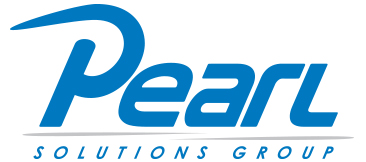With apps and data moving to the cloud, more mobile access, and cyber criminals getting increasingly sophisticated, you need the ability to protect and control your business data without compromising productivity. 43% of all breaches in the past year occurred at small businesses, exceeding those at large corporations. Right now, 60% of cyberattacks come from a breached device. And thousands of other data leaks occur when a device is lost or stolen. Microsoft 365 for Business is a comprehensive solution that brings together best-in-class productivity apps with advanced security and device management to help safeguard your business from even the most sophisticated threats. Strengthen your posture with these 10 security features to enable in Microsoft 365.
- Identify users. Deploy Azure Active Directory and connect to your on-premises directories. Create a single, common identity for each user to provide managed, secure access to all corporate resources.
2. Manage authentication and safeguard access. Enable Single Sign-On (SSO) in the Azure Active Directory to manage authentication across devices, cloud apps, and on-premises apps. Then set up Multi-Factor Authentication to validate user sign-ons through a mobile app, phone call, or SMS.
3. Protect your identities. Define security policies to protect individual user identities against account compromise in real time with Azure Active Directory Identity Protection. manage, control and monitor privileged access permissions and protect your organization with Azure AD Privileged Identity Management.
4. Set conditional access policies. Restrict or block user access based on risk, location, device information, apps, and other user behaviors with Conditional Access.
5. Set up Mobile Device Management. Deploy Intune to manage and secure company and employee-owned devices (BYOD).
6. Manage mobile apps. Deploy Intune App protection policies on all devices in Intune to control how data is used in mobile apps.
7. Discover Shadow IT. Discover apps in use, assess risk, identify vulnerabilities, and take action with Microsoft Cloud App Security.
8. Protect your documents and email. Configure Azure Information Protection policies to classify, label, and encrypt documents and email. Then configure Office Advanced Threat Protection to protect your email against all known and unknown malicious links and malware.
9. Protect your operating system. Microsoft Defender Advanced Threat Protection is built into Windows 10 and provides instant detection and blocking if new and emerging threats.
10. Detect and investigate security incidents. use Azure Advanced Threat Protection to detect suspicious user activity in real time.
Pearl Solutions Group is an experienced Microsoft partner, providing licenses, implementation, and support of Microsoft 365 for small businesses. Contact us for help deploying these security features to protect your data and your business.




